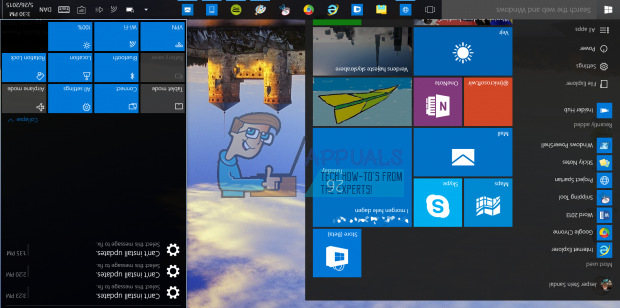


Fortunately, this problem is getting rare these days and perhaps vanished altogether in the future. Other causes may involve bugs inside the driver software, error from the hardware side, or even sudden death of power source. It’s not always CTRL+ALT+ArrowKey, some graphics driver comes with their own shortcut key to rotate the display. You or someone might inadvertently press a key combination and change the orientation of the display. There’s no single answer to this kind of question as far as I know. From there, change the Rotation as you want, and click Apply. Then, on the left bar menu, click Display and General Settings. It may ask you to choose either application mode, I suggest you choose the Basic mode. Right-click on the free area of the desktop, and then select Graphics Properties.

Click on Rotate Desktop, then select your desired rotation settings. On the left sidebar, click the Common Display Tasks to expand its menus. AMDįirst, right-click on the free area on the desktop, and select Catalyst Control Centre. Next, select the Rotate Display on the left menu, then choose Landscape to correct screen orientation, and finally click Apply to confirm new settings. Open system tray icon at the sidebar, right-click on the NVIDIA icon and select NVIDIA Control Panel. Here are the guides based on the graphics brand you use. Hit CTRL+ALT+Up Arrow and your Windows desktop should return to landscape mode. Surprisingly, most graphics driver software comes with configuration tools that allow you to change related settings as needed, and rotate display isn’t the exception. Rotate the screen with a keyboard shortcut.


 0 kommentar(er)
0 kommentar(er)
